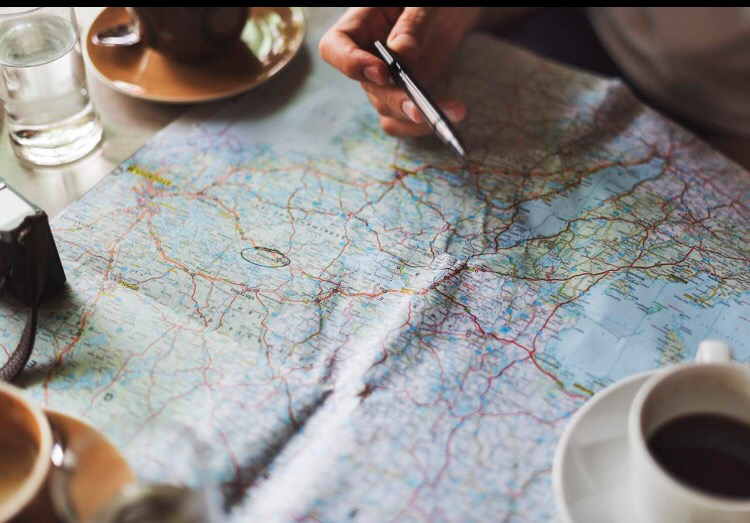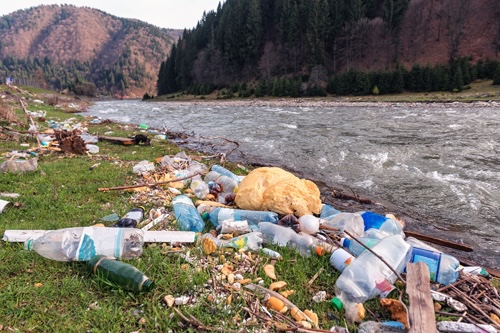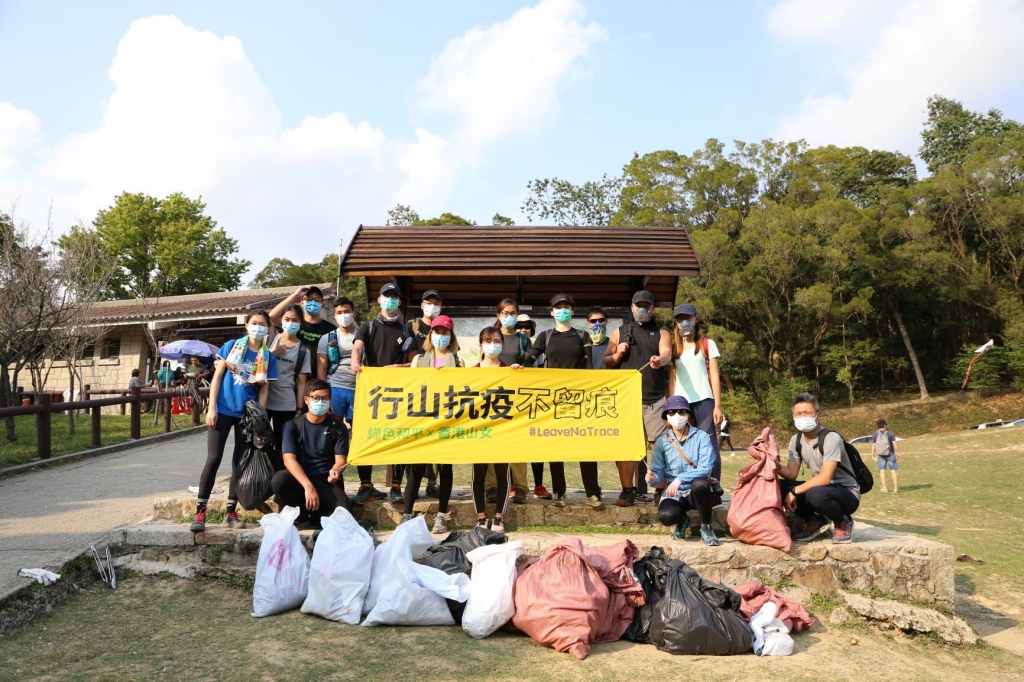
Nestled in the verdant landscapes of Kerala, India lies a hidden treasure awaiting the intrepid traveler – Silent Valley. Often overshadowed by the state’s popular backwaters and hill stations, this lesser-known destination offers an escape into pristine nature and rich biodiversity that defines its allure.
History and Geography: Silent Valley, located in the Nilgiri Hills in Palakkad district, earned its name from the perceived absence of natural sounds due to the dense, undisturbed forests. Its history is steeped in conservation efforts, marked by the preservation of its tropical evergreen rainforest that dates back to millions of years, showcasing flora and fauna unique to the region.

Socio-Economic Way of Life: The indigenous tribal communities, including the Kadar tribes, have inhabited this region for centuries, living in harmony with nature. Their lifestyle, deeply intertwined with the ecosystem, is a testament to sustainability and coexistence with the environment. While modern influences have seeped in, these communities continue to retain their traditions and practices, offering a glimpse into a way of life that contrasts sharply with the bustling cities.

Budget Transportation: Reaching Silent Valley involves a picturesque journey. From Palakkad, the nearest major city, buses or private taxis traverse the winding roads leading to Mukkali, the gateway to the national park. The region isn’t heavily commercialized, ensuring a certain untouched charm, but transportation options are available for travelers on a budget.

Culinary Delights: Local cuisine in the region is a reflection of Kerala’s diverse and flavorful food culture. Visitors can relish authentic South Indian dishes like dosa, idli, and sambhar. The flavors of coconut, spices, and locally sourced ingredients define the delicious offerings in small eateries and local homes, providing a genuine taste of the region’s culinary heritage.

Wrap-Up: Silent Valley, with its untouched wilderness and cultural richness, stands as a sanctuary for nature enthusiasts and explorers seeking a unique experience. While respecting the environment and local customs is crucial, the destination promises an unforgettable journey for those willing to venture off the conventional tourist path.
Budget-friendly transportation, coupled with the chance to witness the rich biodiversity and indigenous cultures, makes Silent Valley in Kerala a true testament to the beauty of unspoiled nature and a gem for those seeking an off-the-beaten-path adventure. As you wander through its silent forests and meet its indigenous people, you’ll understand why this destination holds a special place in Kerala’s heart.

Discovering Silent Valley is not merely a trip; it’s an odyssey into an uncharted haven, an escape into the heart of Kerala’s untouched wilderness, where history, nature, and culture harmoniously intertwine to create an experience unlike any other.















